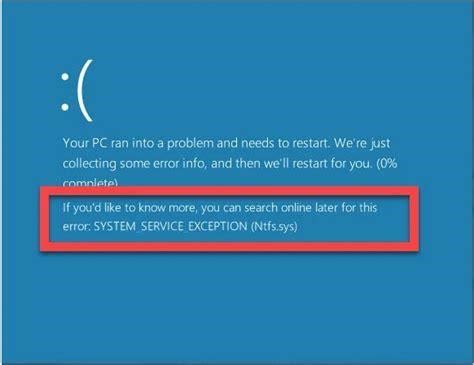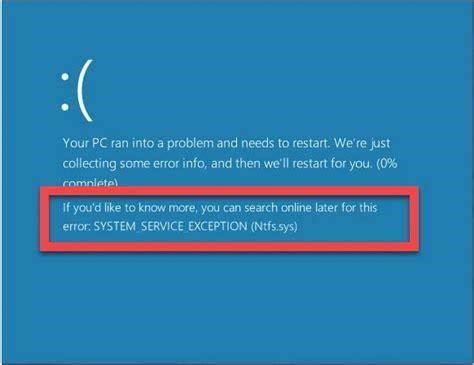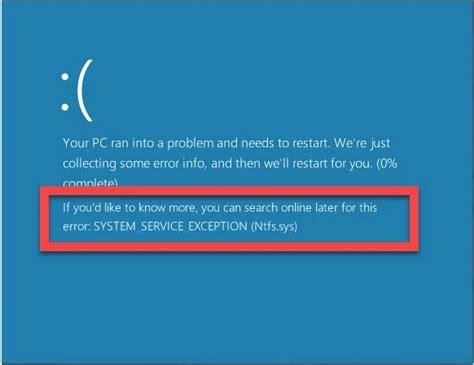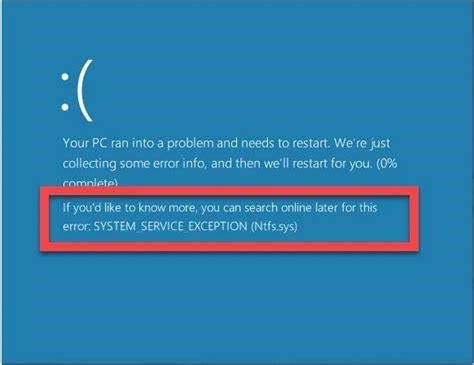Mastering the Intricacies of Windows Startup Programs
Have you ever noticed strange programs automatically launching when starting Windows, even though you don’t remember installing them? Autostart entries allow apps and services to run in the background without your knowledge. While some of these provide useful functionality, others can negatively impact system performance and privacy. Fortunately, Windows offers built-in tools to detect and manage hidden autostart entries.
Through our extensive experiments, we’ve discovered several techniques to uncover elusive programs configured to launch at startup. Applying these methods empowers you to optimize and secure your Windows experience. So let’s dive in and take control of the hidden startup items lurking in your system.
Leveraging the Run Dialog
The Windows Run dialog provides a quick gateway to access many system settings and tools. Here’s how it can expose sneaky startup entries:
-
Open the Run dialog by pressingWindows Key + R.
-
Enter the command
shell:startupand press Enter. This opens the Startup folder containing shortcuts for programs configured to run automatically. -
Review the Startup folder contents. Any unknown or unwanted entries can be removed by right clicking and selecting Delete.
While simple, this technique only reveals startup entries that rely on the Startup folder. Many autostart programs use other methods like registry modifications. So for a more comprehensive view, we need to utilize more advanced tools.
Harnessing the Power of Autoruns
Microsoft’s Autoruns utility scans your entire system for configured autostart entries across all locations. Here’s how you can leverage it:
-
Download Autoruns from Microsoft’s Sysinternals site [link to site].
-
Open Autoruns and wait for it to finish scanning all autostart programs. This may take several minutes.
-
Carefully review the list of startup entries flagged by Autoruns. Look out for any suspicious or unnecessary programs.
-
To disable an entry, simply uncheck the box next to its name in Autoruns.
With Autoruns, you have granular control to enable or disable any startup item detected on your system. The major downside is the complexity of its interface, which can overwhelm novice users. So now let’s explore more user-friendly options.
Harnessing Task Manager
The trusty Windows Task Manager includes a handy Startup tab for managing autostart entries. Access it by:
-
PressingCtrl + Shift + Escto open Task Manager.
-
Click "More details" if Task Manager is in compact view.
-
Selecting the "Startup" tab.
-
Reviewing the list of startup items. Unwanted entries can be right-clicked and disabled.
While functional, Task Manager’s startup management lacks some of Autoruns’ advanced features. But its simplicity makes it ideal for quick edits to your startup configuration.
Leveraging the msconfig Utility
Msconfig is another built-in Windows tool that lists startup items under its Services tab. Here’s how to use it:
-
Open the Run dialog as described previously.
-
Enter
msconfigand press Enter. -
Check "Hide all Microsoft services" under the Services tab. This prunes the list down to third party entries.
-
Uncheck any unwanted startup services and click Apply.
After editing your startup configuration in msconfig, a reboot is required for changes to take effect. While msconfig can simplify the process, its view is limited compared to other tools.
Third Party Tools
When all else fails, advanced third party utilities like CCleaner and Glary Utilities offer alternative ways to detect and manage startup programs. Their sophisticated algorithms can sniff out even the most obscure autostart entries. However, exercise caution when installing third party tools, as some include intrusive bundled software.
Take Control of Your Startup
Uncovering hidden autostart entries enables you to streamline startup, boost performance, and enhance privacy. Now that you’re armed with several techniques to expose sneaky startup programs, you can master control of what launches when Windows boots. Reclaim system resources and prevent unwanted software from running amok.
We highly recommend periodically reviewing your startup configuration using the methods outlined above. You’ll likely find and disable leftover entries from uninstalled programs. Perform occasional start up maintenance, and your Windows experience will remain clean, lean, and mean.
Did you discover any troublesome startup items on your system? Let us know in the comments below the most egregious offenders you encountered and how these steps helped optimize your Windows performance.




